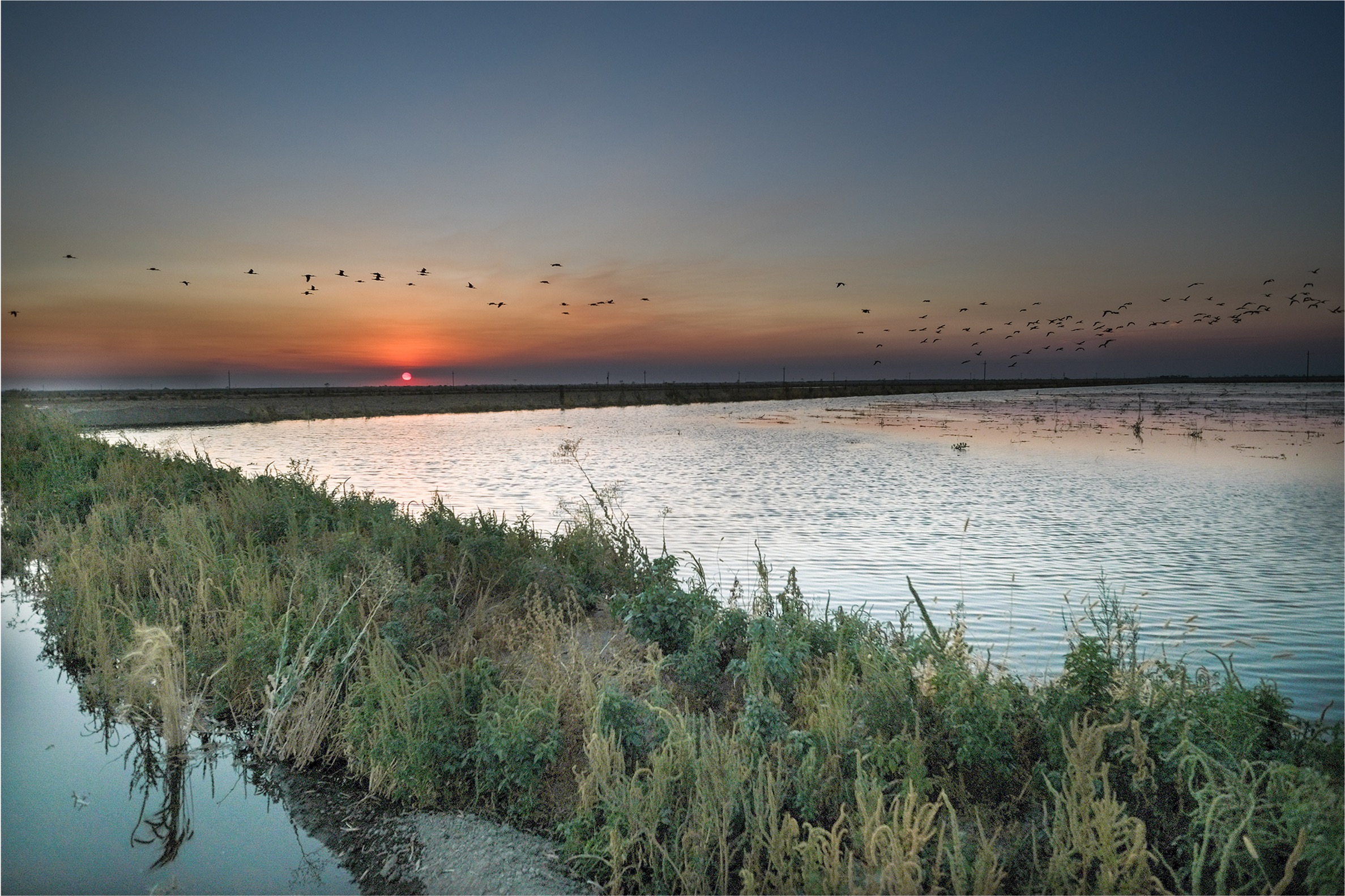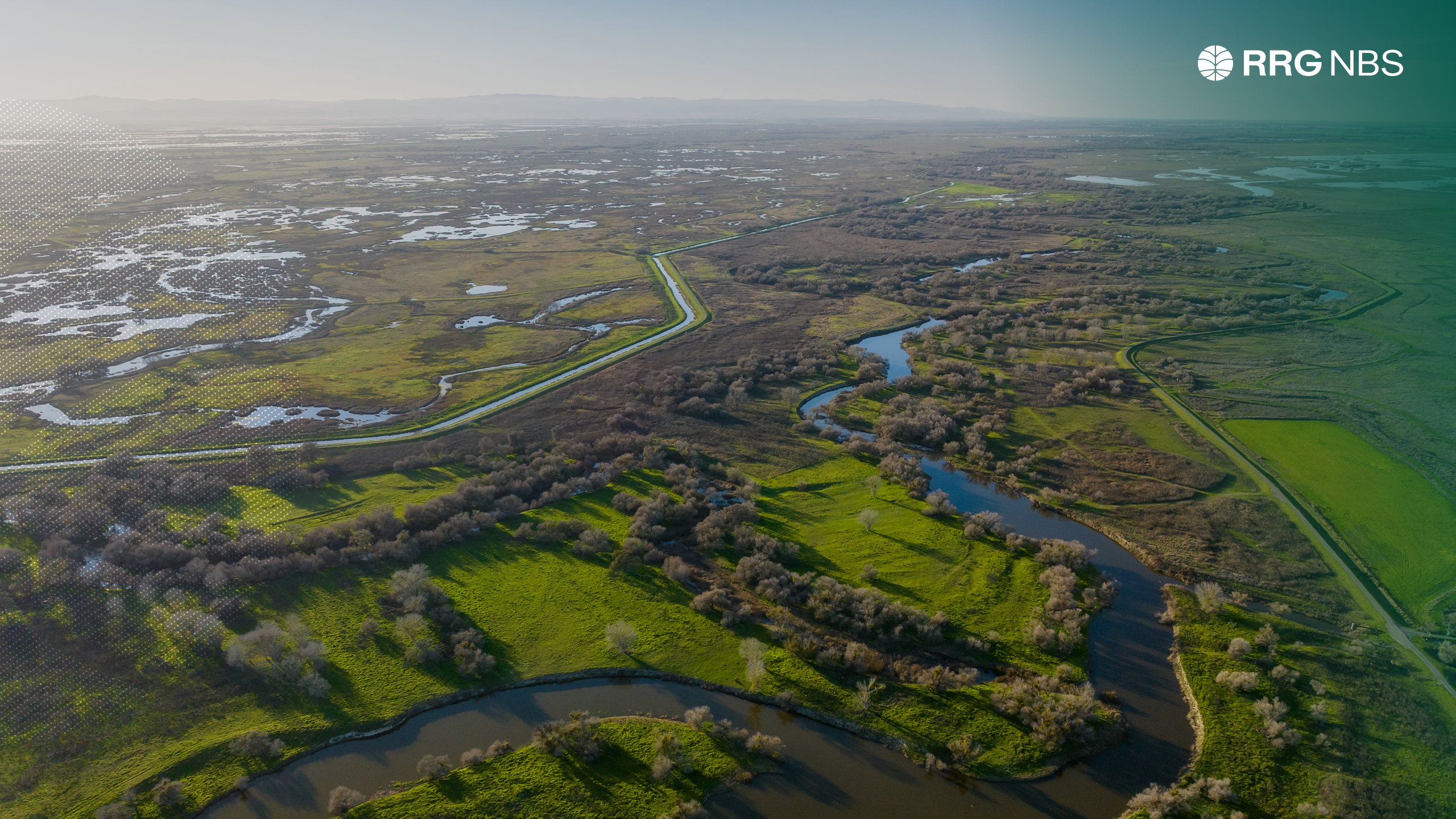As regenerative agriculture gains traction as a viable solution to modern environmental and agricultural challenges, Geographic Information Systems (GIS) play a critical role in Nature-Based Solutions (NBS) by providing data-driven insights for sustainable land management, resource optimization, and risk mitigation. GIS contributes across multiple strategic phases:
• Prospection & Risk Analysis – Identifying opportunities and assessing environmental risks through spatial analytics.
• Initial Field Validation – Using satellite imagery and on-ground data to refine assumptions.
• Detailed Design & Development – Supporting sustainable land management, resource planning, and biodiversity monitoring.
As pressures on natural resources and ecosystems grow, Geographic Information Systems (GIS) have become essential for sustainable development, offering cost-effective and scalable solutions across industries. In regenerative agriculture and environmental monitoring, GIS empowers stakeholders with the tools to enhance ecological resilience, reduce environmental impact, and scale Nature-Based Solutions (NBS). From optimizing crop production to supporting conservation efforts, GIS enables data-driven decision-making that advances sustainability and regenerative practices.
What is a Geographic Information System (GIS)?
Geographic Information Systems (GIS) are tools that capture, manage, analyze, and visualize geographic data—information tied to specific locations on the Earth’s surface.
GIS integrates diverse data into visual layers, simplifying the analysis of phenomena, patterns, and trends. This versatility allows GIS to be applied across a wide range of fields.
What are the components of GIS?
GIS comprises several key components that work together to transform spatial data into actionable knowledge. It relies on hardware such as drones, GPS devices, weather stations, and satellite systems to explore territories and capture field data. Geographic information forms the foundation for analyses, providing both thematic and contextual data necessary for effective decision-making. Specialized software processes and analyzes this data, presenting it through maps and 3D models for enhanced understanding. Additionally, a team of trained professionals is responsible for collecting, interpreting, and converting data into practical solutions. Finally, established processes and methodologies organize these activities to ensure accuracy and contribute to making informed decisions.
What processes are involved in GIS?
Several fundamental processes are involved in Geographic Information Systems. The process begins with data capture, which can occur through fieldwork or by consulting existing sources such as satellite images or public databases. The collected data is then meticulously processed, cleaned, structured, and prepared for analysis. After processing, spatial analyses take place, and visual representations—like maps or models—are created to clearly convey the results. Once completed, the results are stored on accessible platforms and shared with teams or stakeholders to facilitate their use in decision-making.
GIS enables users to identify problems, monitor changes, and predict responses to specific phenomena or variables in areas of interest. Its significance lies in enhancing the understanding and management of resources and territorial dynamics, which ultimately improves productivity, optimizes workflows, and minimizes risks across various industries, including agriculture, environmental management, urban and regional planning, energy generation and resource extraction, logistics, transportation, and disaster management.
Practical applications of Geographic Information Systems
Agriculture:
In agriculture, GIS is vital for optimizing production and ensuring sustainability by:
- Identifying suitable crop areas: GIS can help to delineate ideal areas for specific crops through the analysis of soil, climate, and water resources.
- Monitoring crops: GIS-generated data helps identify issues, such as nutrient deficiencies or crop diseases, enabling timely interventions.
- Managing water resources: GIS supports the assessment of water availability and optimizes its usage to enhance agricultural output.
At RRG NBS, GIS is used to monitor pest and disease outbreaks in cacao plantations, using field reporting of issues with mobile applications and heatmap generation to measure and understand the behavior of affected zones.
Environmental Monitoring:
GIS is highly valuable for environmental monitoring, allowing for:
- Tracking deforestation: By using satellite imagery and other tools, GIS can pinpoint areas experiencing forest loss and help analyze the causes.
- Assessing biodiversity: GIS helps locate critical habitats for endangered species, guiding conservation efforts.
- Monitoring air and water quality: Integrating field sensors and spatial data enables GIS to create maps reflecting environmental conditions and potential risks.
Climate data analyzed using GIS to forecast future climate scenarios is vital for RRGNBS’s evaluation of environmental conditions to promote sustainability in productive projects across various sectors.
Nature-Based Solutions:
GIS plays a critical role in nature-based initiatives by facilitating:
Reforestation project design: Identifying degraded areas suitable for restoration to capture carbon and support biodiversity.
Sustainable infrastructure planning: Locating optimal sites for water reservoirs, solar installations, or natural flood barriers.
Ecosystem service analysis: Quantifying benefits such as soil erosion reduction or carbon storage across various landscapes.
GIS tools and data sources, such as satellite imagery and image classification algorithms, allow RRG NBS to track and estimate tree cover loss in areas of interest to promote sustainable and deforestation-free supply chains.
As global production and environmental challenges grow, GIS stands out as an indispensable tool for effective territorial management. By optimizing processes, GIS enables decisions that promote sustainability and cost-efficiency.
As regenerative agriculture continues to expand as a leading strategy for mitigating climate change and enhancing food security, the integration of GIS is becoming indispensable. In the coming years, GIS will play a transformative role in the shift to precision agriculture and data-driven environmental stewardship. By leveraging advancements in artificial intelligence, machine learning, and real-time data collection, GIS has the potential to unlock deeper insights into soil health, carbon sequestration, and climate monitoring—paving the way for scalable and sustainable solutions in agriculture and beyond.






